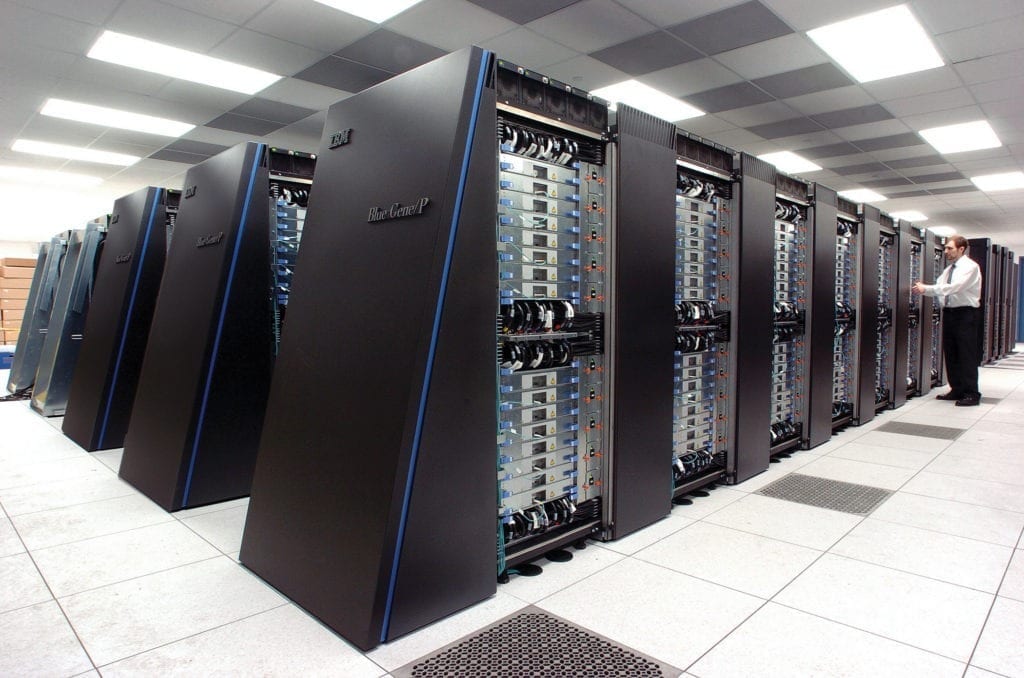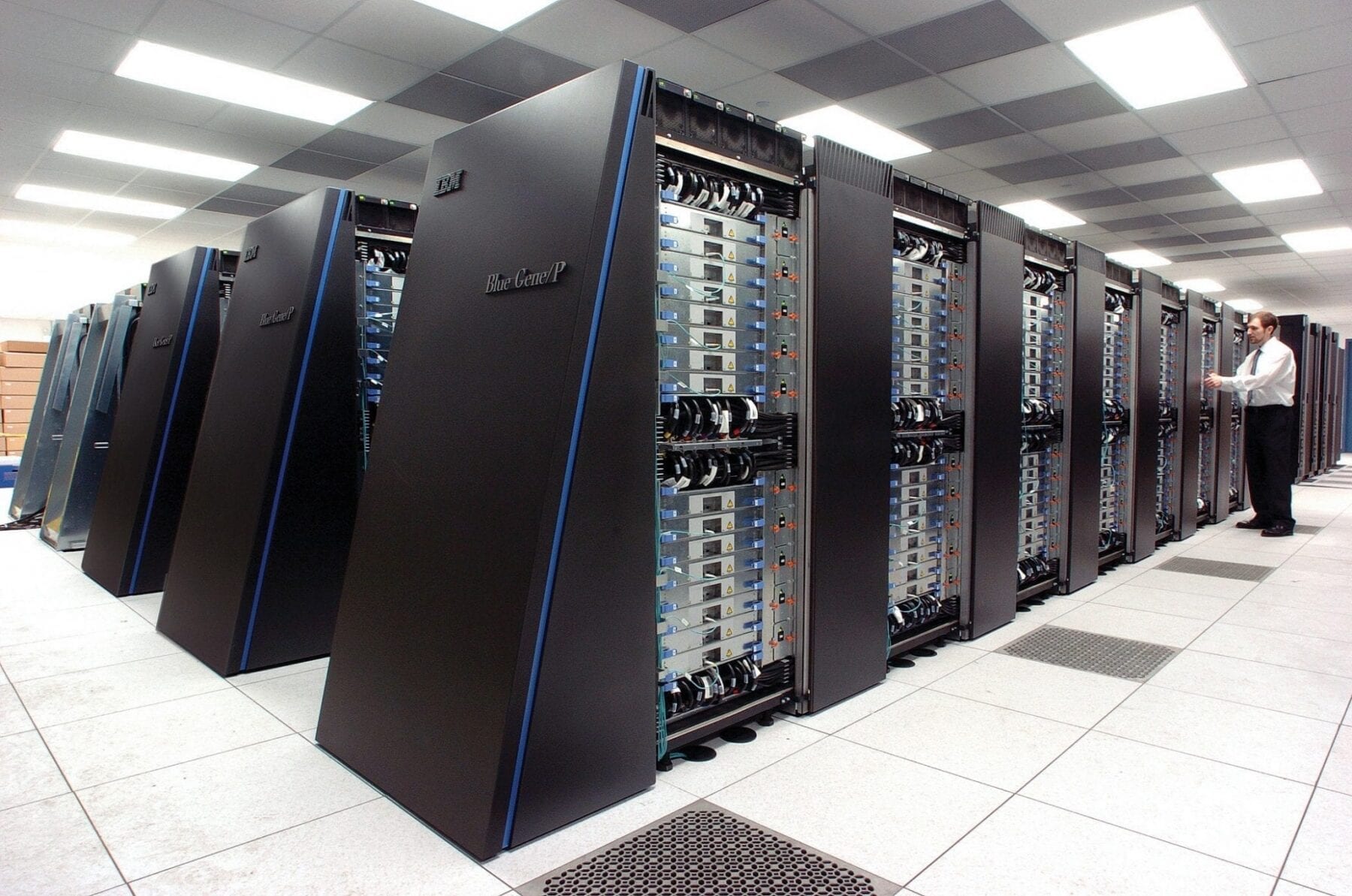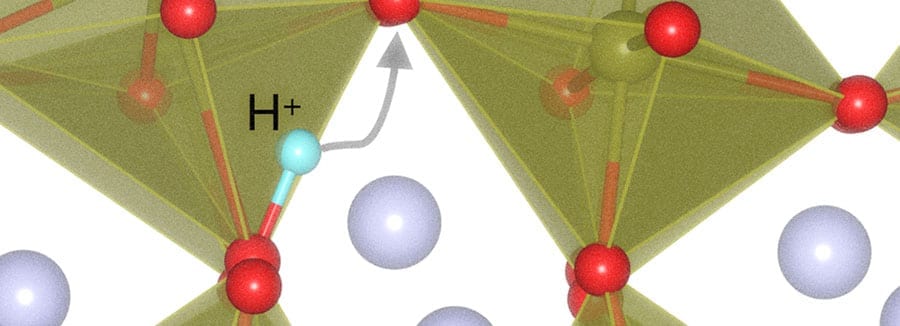
Russian scientists suggest a PC to solve complex problems tens of times faster than with massive supercomputers
A group of physicists in Russia has learned to use a personal computer for calculations of complex equations of quantum mechanics, usually solved with help of supercomputers. This PC does the job much faster.
A group of physicists from the Skobeltsyn Institute of Nuclear Physics, the Lomonosov Moscow State University, has learned to use a personal computer for calculations of complex equations of quantum mechanics, usually solved with help of supercomputers. This PC does the job much faster. An article about the results of the work has been published in the journal Computer Physics Communications.
Senior researchers Vladimir Pomerantcev and Olga Rubtsova, working under the guidance of Professor Vladimir Kukulin (SINP MSU), were able to use on an ordinary desktop PC with GPU to solve complicated integral equations of quantum mechanics — previously solved only with the powerful, expensive supercomputers. According to Vladimir Kukulin, the personal computer does the job much faster: in 15 minutes it is doing the work requiring normally 2-3 days of the supercomputer time.
The equations in question were formulated in the ’60s by the Russian mathematician Ludwig Faddeev. The equations describe the scattering of a few quantum particles, i.e., represent a quantum mechanical analog of the Newtonian theory of the three body systems. As the result, the whole field of quantum mechanics called “physics of few-body systems” appeared soon after this.
This area poses a great interest to scientists engaged in quantum mechanics, nuclear and atomic physics and the theory of scattering. For several decades after the pioneering work of Faddeev one of their main purposes was to learn to solve these complicated equations. However, due to the incredible complexity of the calculations in the case of fully realistic interactions between a system’s particles stood out of the researchers’ reach for a long time, until the supercomputers appeared.
The situation changed dramatically after the group of SINP decided to use one of the new Nvidia GPs designed for use in game consoles on their personal computer. According to one of the authors Vladimir Kukulin, Head of Laboratory of Nuclear Theory, the processor was not the most expensive, of those that you can buy for $300-500.
The main problem in solving the scattering equations of multiple quantum particles was the calculation of the integral kernel — a huge two-dimensional table, consisting of tens or hundreds of thousands of rows and columns, with each element of such a huge matrix being the result of extremely complex calculations. But this table appeared to look like a monitor screen with tens of billions of pixels, and with a good GPU it was quite possible to calculate all of these. Using the software developed in Nvidia and having written their own programs, the researchers split their calculations on the many thousands of streams and were able to solve the problem brilliantly.
“We reached the speed we couldn’t even dream of,” Vladimir Kukulin said.
Learn more: No need for supercomputers
The Latest on: PCs vs Supercomputers
[google_news title=”” keyword=”PCs vs Supercomputers” num_posts=”10″ blurb_length=”0″ show_thumb=”left”]
via Google News
The Latest on: PCs vs Supercomputers
- AMD Firing On All Compute Engine Cylinderson May 1, 2024 at 7:25 am
A few years ago, it was hard to imagine how AMD would have survived without re-entering the datacenter with its CPU and GPU compute engines. And now, it ...
- I’m not afraid of Qualcomm’s Snapdragon X Eliteon April 29, 2024 at 6:16 am
There's simply no reason for Windows users to be afraid of the upcoming Arm-based Qualcomm Snapdragon X Elite in a PC.
- NVIDIA rumored to build new R&D center in Taiwan, after first AI R&D center is a huge successon April 28, 2024 at 10:07 pm
NVIDIA could build its second R&D center in Taiwan, just 2 years after investing $715 million for its first Asia-based AI R&D center in Taiwan.
- NVIDIA is helping Japan build their bleeding-edge ABCI-Q quantum supercomputer with HPC and AIon April 24, 2024 at 8:36 pm
NVIDIA has announced that Japan's new quantum supercomputer will be powered by NVIDIA platforms for accelerated and quantum computing. Japan's National Institute of Advanced Industrial Science and ...
- Lenovo and Micron first to implement LPCAMM2 in laptopon April 24, 2024 at 10:46 am
While Lenovo has largely focused on the AI performance of its new laptop, which is equipped with an Intel Core Ultra CPU and Nvidia RTX 3000 Ada GPU, the company also noted that its device was the ...
- US government reportedly ponders crimping China's use of RISC-Von April 23, 2024 at 7:16 pm
The United States Department of Commerce is reportedly considering lawmakers' calls to make it harder for China to use the RISC-V instruction set architecture (ISA). RISC-V is permissively licensed – ...
- Assessing Your Microsoft (MSFT) Stake Ahead of Q3 Earningson April 22, 2024 at 7:19 am
Microsoft's (MSFT) third-quarter fiscal 2024 results are likely to benefit from the steady adoption of the Office 365 suite and Microsoft Copilot amid improving demand for PCs.
- Quantum Computers Can Now Run Powerful AI That Works like the Brainon April 22, 2024 at 5:30 am
Seven years later the transformer, which enables ChatGPT and other chatbots to quickly generate sophisticated outputs in reply to user prompts, is the dynamo powering the ongoing AI boom. As ...
- NVDY: Nvidia Volatility Surges, Putting The Spotlight On This Covered Call ETFon April 21, 2024 at 6:51 pm
I see NVDY as more attractive today given much higher option premium, but I see technical concerns with NVDA’s share price. Read why NVDY ETF is a Hold.
- AI: Sports journalism solution or threat?on April 21, 2024 at 5:00 pm
old PCs piled up, newspapers scattered on the floor and tall columns of wires from supercomputers dominating the scene. The aesthetics resembled the post-apocalypse photos of Chernobyl," concluded ...
via Bing News











